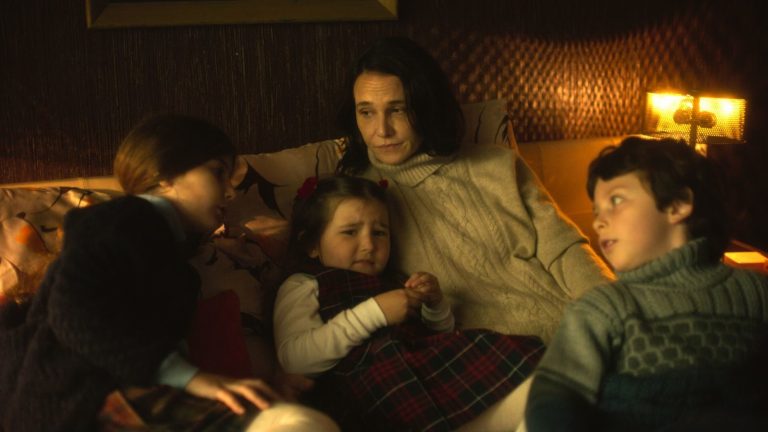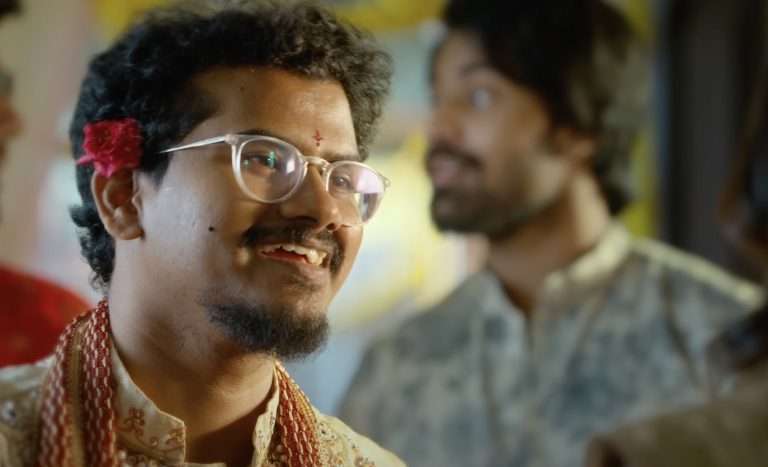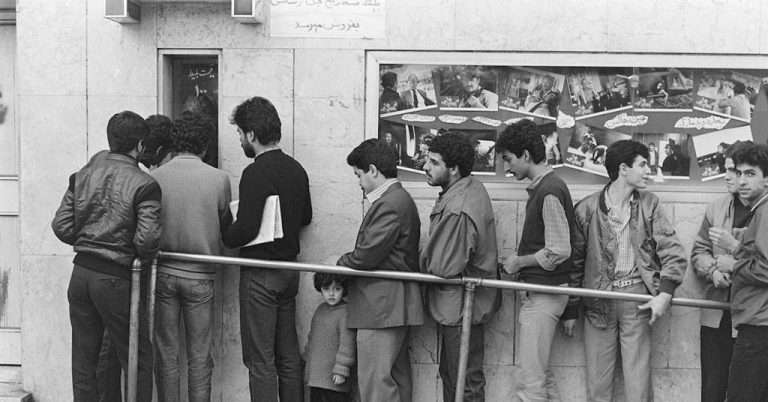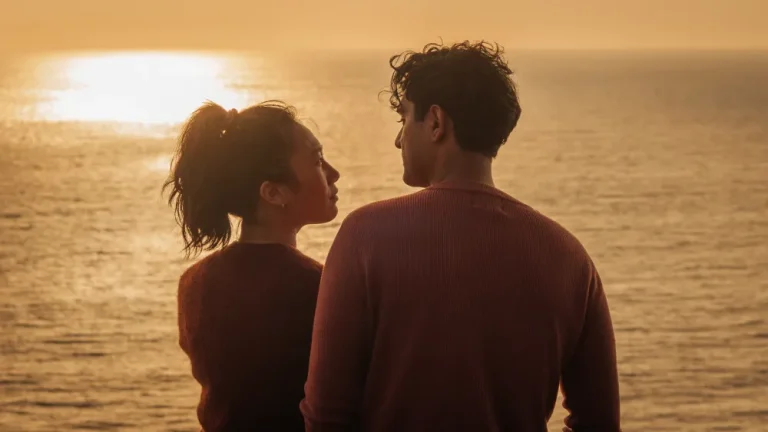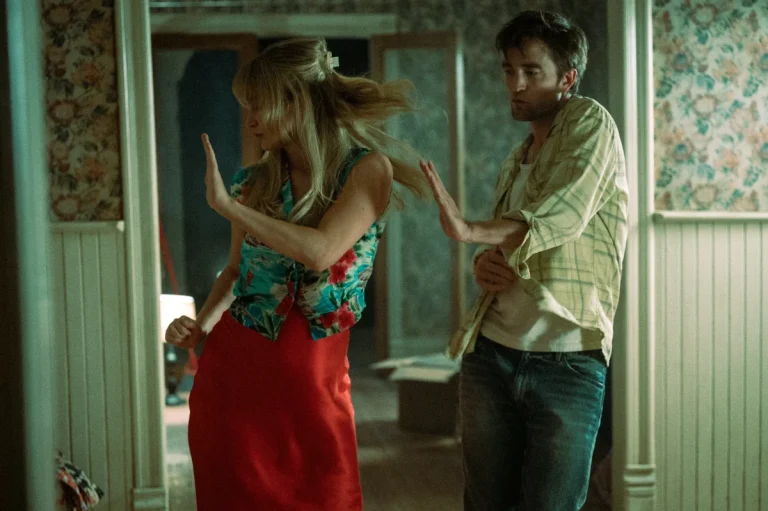Materializing quietly into theaters a year after its 2024 Sundance premiere, Steven Soderbergh’s “Presence” marks the start of yet another prolific year for the famous multitasker with an affinity for digital cinema. But while the upcoming “Black Bag” seems poised to return Soderbergh to the more straightforward, populist side of his career—see “Ocean’s Eleven,” “Traffic,” or “Haywire”—one of the first 2024 premieres to be booted into 2025 finds the filmmaker operating in the other distinct lane of his career: that of giddy formal experimentation.
Unfortunately, as tends to be the case in this post-“retirement” era of his career (at this point, the director has betrayed his promised bow-out twice as often as Jay-Z, and in half the time), Soderbergh’s latest grasp at breaking new stylistic ground comes in the form of a film more impressed with the audacity of its own existence than pressed with making that existence meaningful. Though “Presence” is not one of Soderbergh’s myriad iPhone-shot recent features, the film may as well be little more than the latest in a long series of disposable models ready to be forgotten by all except the brand’s most fervent advocates.
While Soderbergh’s chosen experiment generally heeds closer to form, “Presence” at least boasts a gimmick that affects it in both style and delivery. In the film, we are treated to the dysfunction of a well-off American family moving into a spacious new suburban home to start anew. Daughter Chloe (Callina Liang) is troubled by the recent passing of her best friend, exacerbated by the fact that her family seems unwilling to engage with her to work through the pain. Well, that’s untrue of her father (Chris Sullivan), who makes a concerted effort, but it’s most certainly a reality for her mother (Lucy Liu), almost cartoonish in her preferential treatment of the older son Tyler (Eddy Maday).
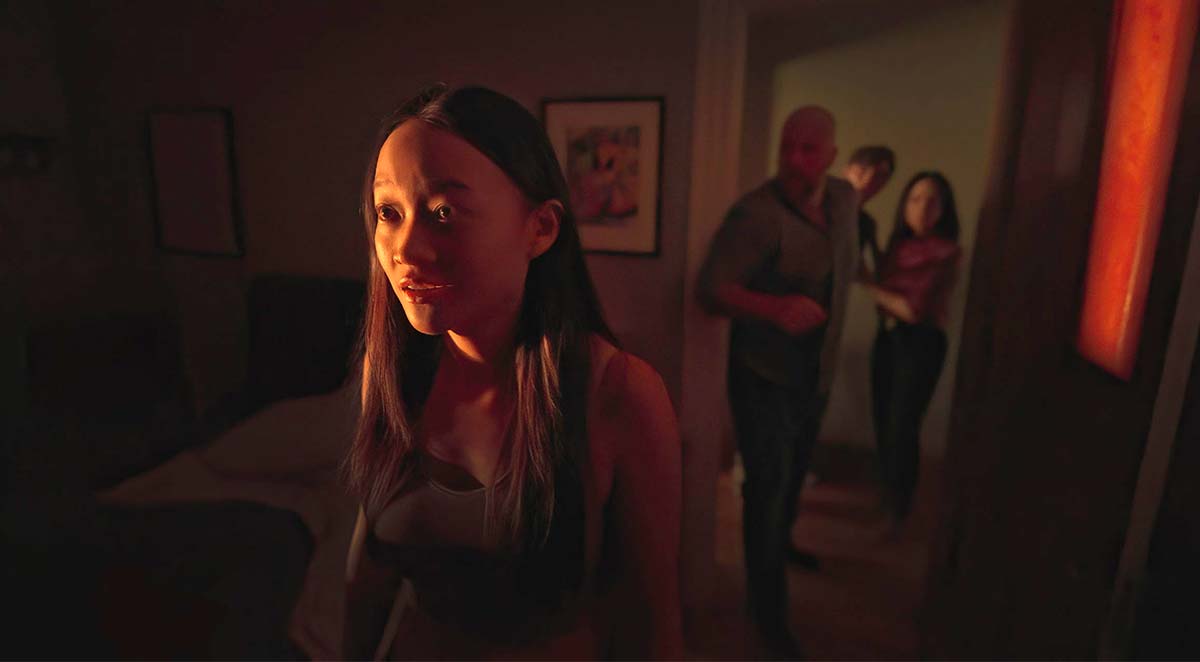
Where does the gimmick come into play, you ask? Well, amidst all of this familial baggage, one gets the sense that Chloe’s deceased friend may actually be present in some spectral form of this labyrinthine house. One gets this impression, in fact, because the entirety of “Presence” is told from the vantage point of that ghostly entity parading itself through the halls.
Already, Soderbergh has set himself up with a potentially fascinating deconstruction of a typical horror premise; those expecting, as the marketing seems to have suggested, that this is a scare-filled poltergeist story will be sorely disappointed. Unfortunately, as is standard for the filmmaker’s digitized circle-jerking, “Presence” hands that experimental point of view over to an inane piece of hastily assembled screenwriting that flounders in every sense of characterization and plot.
You’d think that such trivialities would be insignificant for a ghost film, but seeing as how “Presence” makes no pretenses about actually being a horror film, what we’re left to ruminate on is a hollow exploration of grief and communication with the other side, handled with an extreme and almost laughable degree of inertia. David Koepp’s screenplay—a far cry from any of the gently poignant philosophical musings that one might find in, say, David Lowery’s “A Ghost Story”—completes the trifecta of sterility that affects the film’s visuals and performances, as it offers only enough momentum in its half-thriller structure to move from one bullet-point to the next, and the cast clearly struggles with making such vapid dialogue float effortlessly across the screen in the same way as the camera.
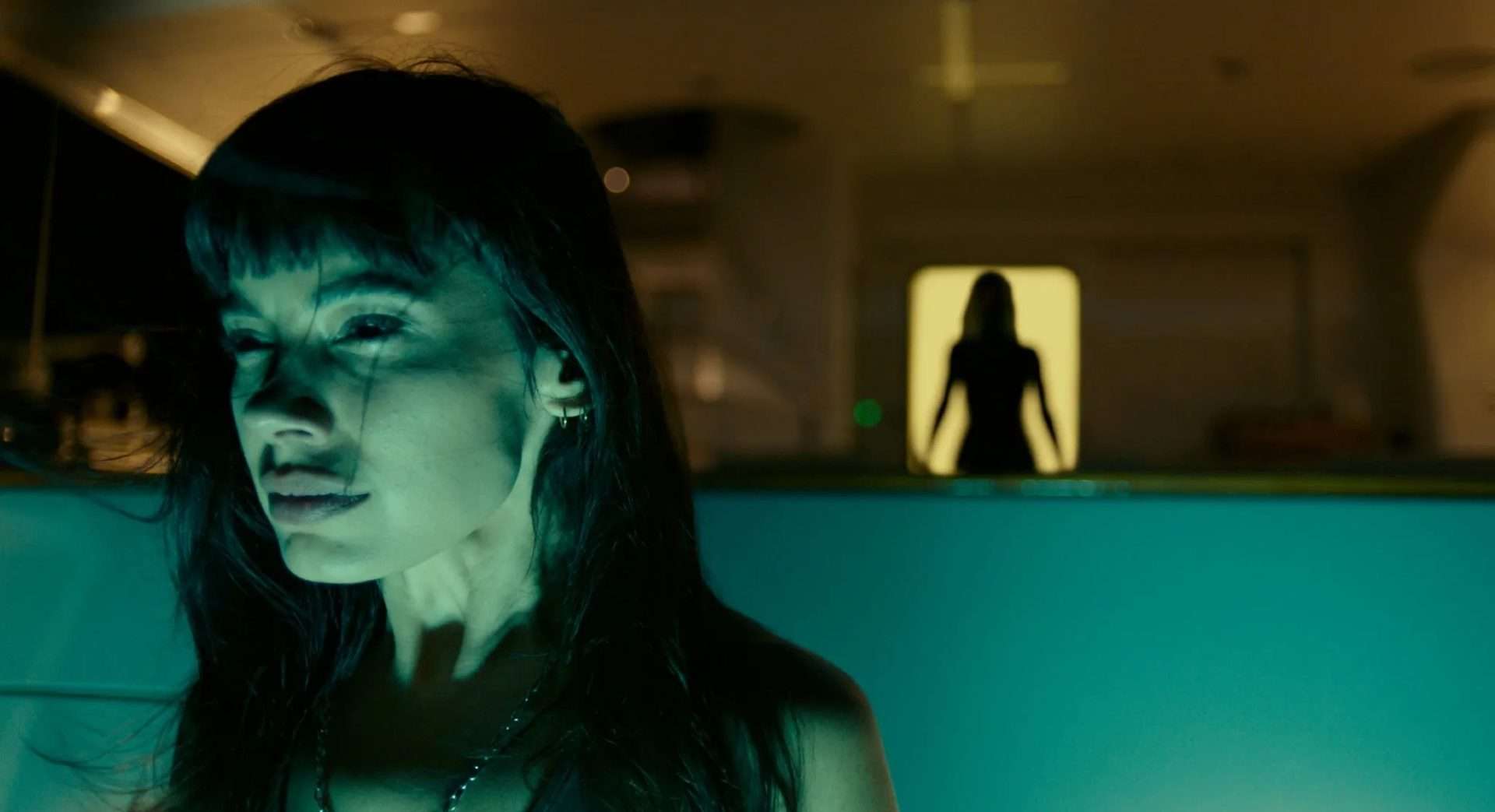
Speaking of, this is likely where “Presence” will find its greatest contingent of apologists, insofar as Soderbergh’s decision to film every scene in single takes—the camera roving around characters’ heads and moving up and down the steps with all the energy of a child’s sugar-high during their seventh birthday party—gives it its greatest sense of immediacy. In practice, however, that immediacy serves little purpose when all these vigorous roving movements do is shoot us from one lifelessly forced interaction to the next across one of the three rooms Soderbergh seems interested in showing us throughout this mini-mansion.
It doesn’t really help matters that Soderbergh’s chosen lensing style to accompany his ever-mobile perspective—shooting the entire film in wide angles—can prove to be nauseating if your attention remains ungrabbed by what you’re seeing on the other side. As “Presence” floats eerily to its half-written and overacted climax—and the wobbliness of the frame becomes impossible to ignore any longer—Steven Soderbergh’s latest attempt to reach out and feel the fabric of cinema’s future merely leaves its polished pixels slipping through his fingers, like the frigid grasp of a disinterested phantom.





